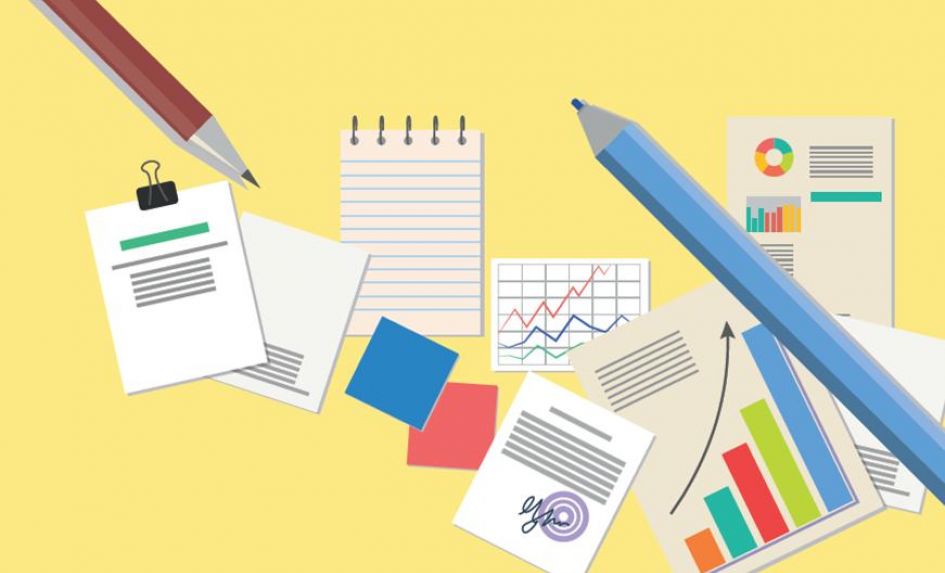It’s extremely important that schools, academies and MATs have an effective and efficient financial reporting system in place. This is your primary tool for getting financial insight into your organisation, and key to supporting strategic business decisions.
When deciding on which kind of reporting system to use, establish first if it will enhance your current business processes, and whether it can provide assurance through data security, auditability and process automation.
You should then address several other considerations, starting with whether the system can generate VAT 100 and VAT 126 returns. Most academies start out falling under the VAT 126 scheme, but may be required to register for VAT if they later become a MAT.
Check also that it can analyse finance data via different reporting categories; this will allow you to auto-generate statutory returns, such as the Academies Budget Forecast Return.
It’s also helpful to have a system that’s ‘charity compliant’ and able to analyse by different funds, which can help with year-end statutory account disclosures, such as the Statement of Financial Activities (SOFA). Using a system that can store or link to other types of data (pupil numbers or staffing records, for example), will be a big help when it comes to reporting crucial key performance indicators.
Beyond the here and now, you need to further consider your future requirements. With MAT expansion looking set to continue, MATs will benefit greatly from using systems designed to facilitate the joining of additional academies.
Features to look for here include:
- Consolidated reports
As MATs grow, their data sets expand. With systems that don’t include automated consolidated reporting, the process has to be done manually, causing a huge time burden and potentially leaving you exposed to processing errors. - Consolidation by different groupings
This will let you report by clusters or provider types within your MAT (ie ‘primary’, ‘secondary’ or ‘special’) - Chart of Accounts
Make sure that this is fit for purpose, with room to expand - Consolidated MAT accounts
HMRC now accepts electronic invoices Budgeting as evidence, so it’s worth choosing a system that allows you to attach images and electronic documents to your transaction data. As well helping to save on office resources, this allows for a much more efficient way of submitting documentation and archiving it for future reference.
Ultimately, a financial reporting package should work to streamline your processes and be capable of automating routine tasks, while being appropriate for your purposes.
It should offer the ability to assign varying levels of user access rights to support separation of duties among staff, and to establish automated workflows for certain purchase authorisations.
It should also be flexible, and capable of expanding as your MAT grows. Its reporting features will need to be transparent and clear, and it ought to integrate seamlessly with other finance tools, such as your budgeting or payroll software.
Andi Brown is director and co-founder of SAAF Education – a provider of financial management services to schools, academies and MATs. Find out more at isbl.org.uk and on Twitter at @isbl_news.










